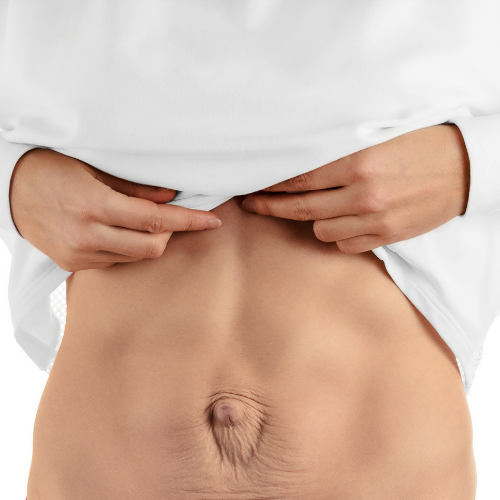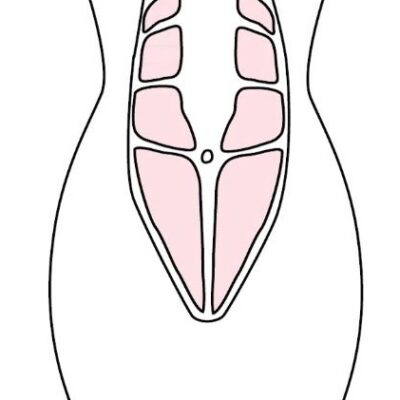Nowadays we make the condition of our abdominal wall an aesthetic question, but basically, it has a medical function.
A strong and well-functioning abdominal wall (which does not necessarily mean a six-pack) is needed for the normal operation of the lumbar spine, to support it from the front. Therefore: if someone suffers from lower back pain regularly, first they should see if the abdominal wall works – and works well – for the strengthening of abdominal wall muscles mostly terminates the lower back problems. Besides this, the healthy abdominal wall plays a role in the sustenance of digestion, the regulation of blood pressure and lymphatic circulation, and the optimal maintenance of lower limbs’ venous circulation (in the prevention of haemorrhoids and varicose veins development), but its sluggishness affects the pelvic floor muscles as well.












